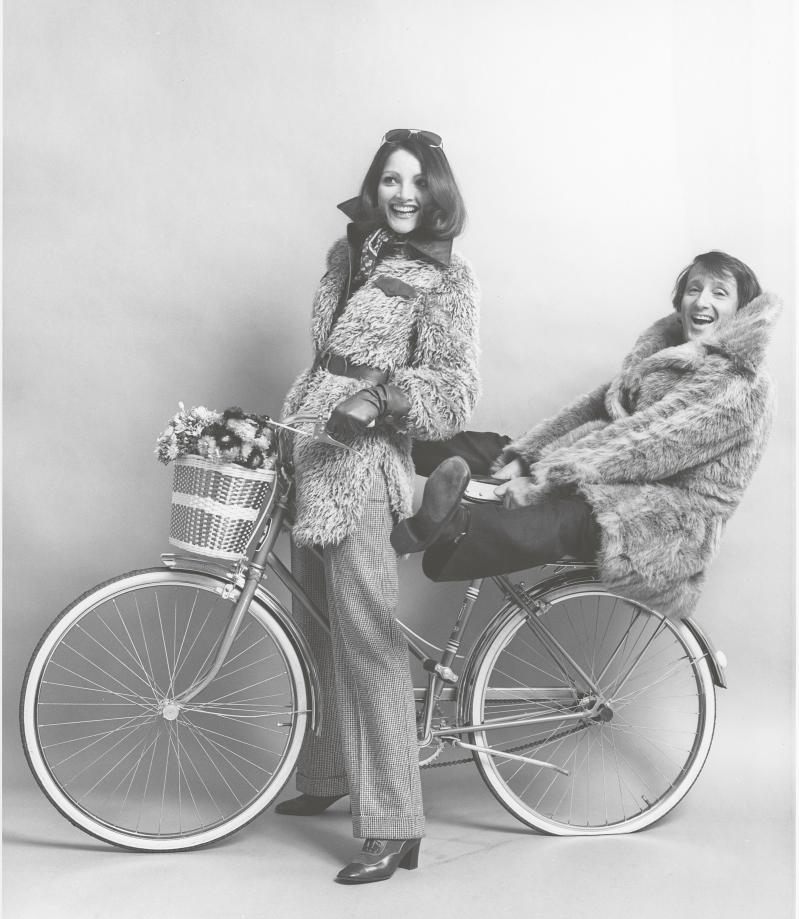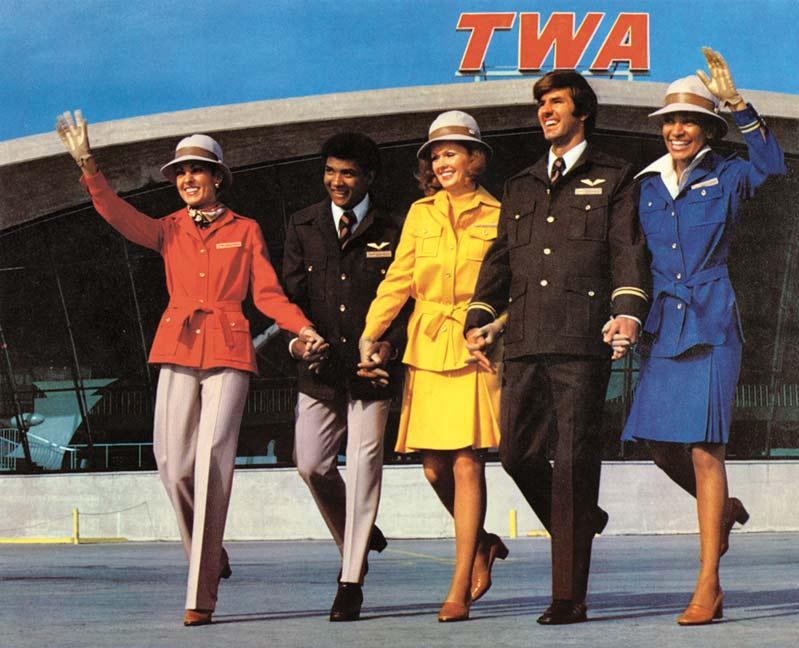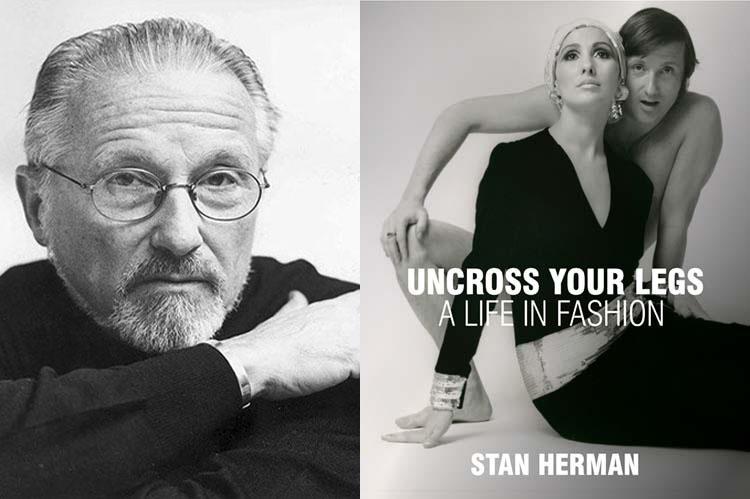“Uncross Your Legs”
Stan Herman
Pointed Leaf Press, $70
The subtitle of Stan Herman's autobiography is "A Life in Fashion" — but it's not the fashion world of little gold chairs, red-soled Louboutin shoes, and skeletal models, but rather the nuts and bolts of Manhattan's garment district, that now-vanishing enclave of hustle, pizzazz, and laden clothes racks wheeled through the streets that once gave so much color to that part of Seventh Avenue.
His simple, comfortable clothes are probably worn by more people than any other designer. Featured on the QVC channel, 10,000 of his robes have been known to sell during a program.
But they're not exactly cutting-edge fashion, or likely to catch the eye of Women's Wear Daily. Mr. Herman has been omnipresent in the fashion world for the best part of a century, but has never been a household name, never a Calvin Klein or a Donna Karan, which maybe explains why his autobiography weighs as much as a sack of Idaho potatoes, has a Mylar-silver cover featuring photos of Mr. Herman front and back, and has the gonzo title of "Uncross Your Legs." That'll make 'em sit up!

Kenn Duncan (c) Billy Rose Theatre Division, The New York Public Library for the Performing Arts (NYPL)
He is perhaps better known in the industry as the longest-serving president (16 years) of CFDA, the Council of Fashion Designers of America, which has done so much to gain international recognition for American designers, and for establishing the iconic 7th on Sixth, the New York Fashion Week under tents in Bryant Park.
For a while in the 1960s it looked as if Mr. Herman might join the fashion Valhalla. He became a hot new name with his pleated dresses for the Mr. Mort label, his faux fur line, and the booth he had at Bendel's alongside Ralph Lauren and Giorgio di Sant'Angelo. But it was "too many fabrics, too much pattern making, and not enough personnel to make it work."
Mr. Herman went freelance, moved into a studio overlooking Bryant Park, and has successfully designed and marketed intimate apparel and loungewear ever since. He is also responsible for most of the uniforms you see around — McDonald's, JetBlue, FedEx, the Central Park Conservancy, you name it, he probably designed it.

Courtesy of TWA Museum, Kansas City, Mo.
What really stands out is Mr. Herman's lifetime involvement with the garment district. He comes from two huge Jewish families, the Hermans and the Tannenbaums, most of whom were involved one way or another in the clothing business (his father owned the biggest schmatte store in New Jersey), and his whole working life has been centered in it. Ninety-five years old, he began in the era of rolling racks when that Seventh Avenue area was a bustling, profitable world of its own.
But as real estate prices rose, the little mom-and-pop stores — the button shops, the ribbon and trim emporiums, the specialist fabric stores — started to fail. It has been Mr. Herman's crusade to keep the area viable and vital and to preserve its history. He was head of new development on Midtown's Zoning Board Five for 25 years, but there was no avoiding the inevitable. "How can one justify sewing a T-shirt in the middle of the most expensive real estate in New York?"
(In an interesting aside, he tells how Donald Trump got permission to build his tower on the site of the Bonwit Teller store on the condition that he preserve the decorative friezes and donate them to the Metropolitan Museum of Art, but instead Trump pulverized them.)
Mr. Herman, who is outspokenly gay, had the good fortune to have had a happy relationship of 40 years with the novelist Gene Horowitz, which ended only with Mr. Horowitz's death. They shared the house in North Sea where Mr. Herman, who is a former president of EEGO, the East End Gay Organization, still spends his summers.
The book is chockablock with photographs of Mr. Herman with celebrities and fashionistas (as well as many of his immensely skillful sketches of people and places), and he has certainly been around the peacocks and popinjays of the fashion world all his life. But reading between the lines you get the feeling that he was never really "in with the in crowd." As the venerable Eleanor Lambert was overheard saying, "He's really not to the manor born." Mr. Herman made ordinary clothes for ordinary people, you and me, not for the ladies who lunch. You can just imagine the rolled eyes at the words "velour bathrobe."
By the end of the book my wrists were aching, but I had really warmed to Mr. Herman and this story of a lifetime working just outside the fashion spotlight, dressing Mrs. Main Street, giving years of unpaid hours to causes he believed in, and trying to preserve that fascinating corner of New York City history that is the Seventh Avenue garment district. A quintessential garmento and proud of it.
Biz hundert un tsvantsik, Mr. Herman!
Sheridan Sansegundo, a former arts editor at The Star, lives in San Miguel de Allende, Mexico.

